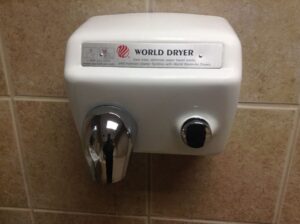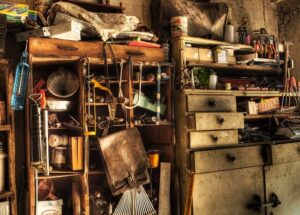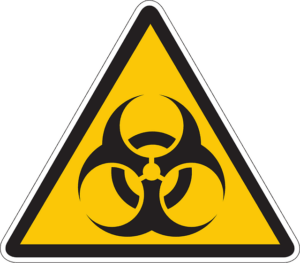As a biohazard cleanup company, we endeavor to keep ourselves educated on the threats posed by biohazards, especially bacteria. A large portion of our jobs involve clean-up from bacteria such as hepatitis. And we endeavor to keep our clients and followers up to date on the news relative to our industry in this area. That’s why when we recently came across this article regarding a woman infected with e. coli, we wanted to share it with you.
The CDC classifies the bacteria e.coli as a Level I substance. Biohazards in this category are not considered as posing a severe danger to human life, and it’s generally accepted that most who come in contact with e. coli will suffer a nasty bout with diarrhea and vomiting. But the reality is that people die from e.coli infections. Most of the victims are those whose health is otherwise fragile, such as the elderly, infants, and those with substantially compromised immune systems. The diarrhea becomes bloody and anemia sets in. But that’s not the worst of it.

photo credit: The New York Times
One side effect of e.coli is known as hemolytic uremic syndrome, which causes the kidneys to fail, resulting in dangerously high blood pressure and excessive fluid build-up in the body. There is no known cure, only supportive treatment that can include dialysis and transfusions.
Currently there is major concern with e.coli outbreaks in various parts of the country. These seem to be associated with precut romaine lettuce. These occur periodically, and precut or prewashed leafy greens tainted with e.coli are often the source.
What can result? Please read this article detailing the journey of an otherwise healthy young woman in her 20s who it is suspected contracted e.coli from arugula purchased from a local farmers’ market. (Her father also consumed the argula and tested positive for an e.coli infection, but he did not become ill. It is unknown at this point why some people develop severe illnesses and others do not.)
Biohazards are just that – hazards, even the ones classified as low-level risks. There is some evidence that pre-cut and pre-washed produce is especially susceptible to contamination with the e. coli bacteria, and it is our recommendation that you avoid purchasing it. Be aware that in order to develop an e. coli infection you must ingest the bacteria, so contact is required. It is NOT an airborne threat. Can you eliminate the threat by washing your produce? Consumer Reports says it is inadequate.
Don’t take chances when faced with biohazard exposure. Keep yourself educated as to the dangers and how to avoid them – and leave cleanup to the professionals like our company.

 The reason? They’re convenient, and in the long run they are less expensive. There are no paper towels to continually restock, there is no trash to dispose of, and restroom cleanup is simplified – no loose paper towels everywhere to be picked up.
The reason? They’re convenient, and in the long run they are less expensive. There are no paper towels to continually restock, there is no trash to dispose of, and restroom cleanup is simplified – no loose paper towels everywhere to be picked up. One of
One of  But what about cleaning up when blood is present?
But what about cleaning up when blood is present?


